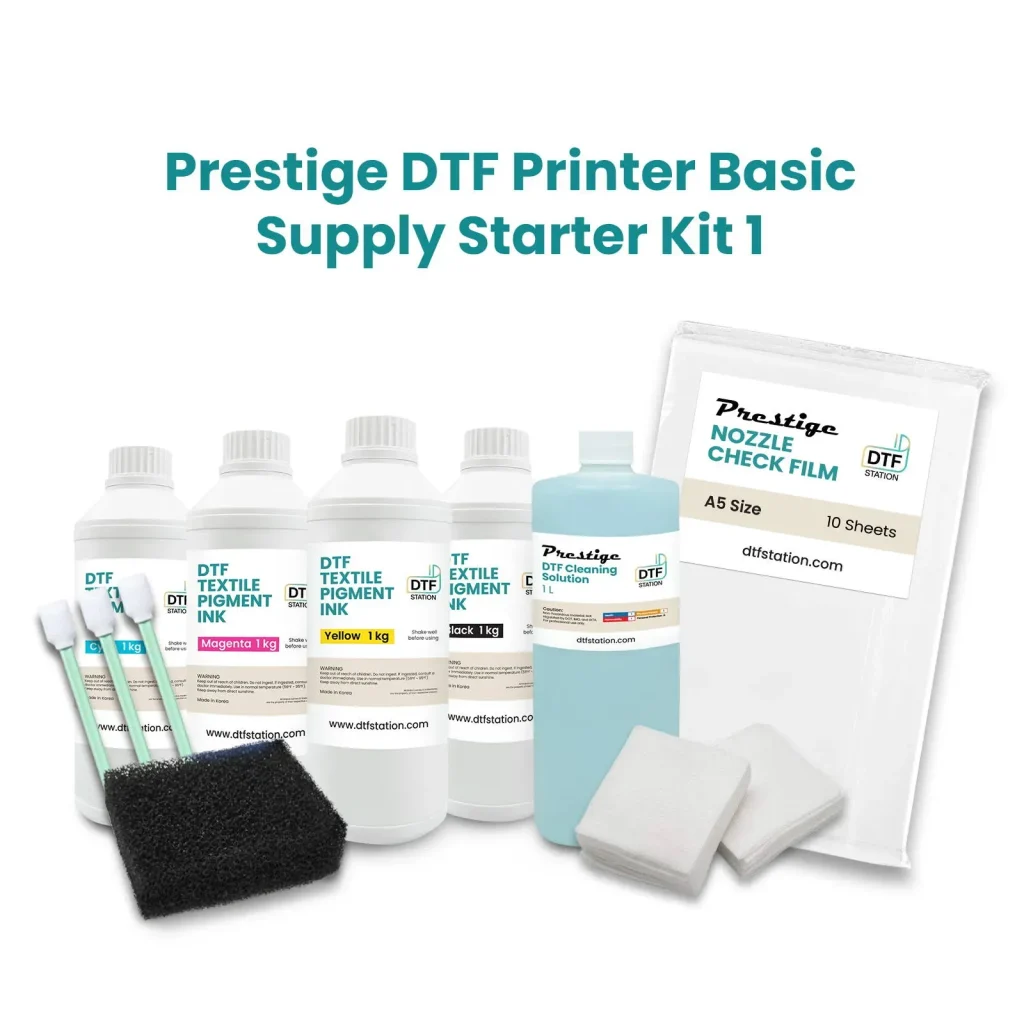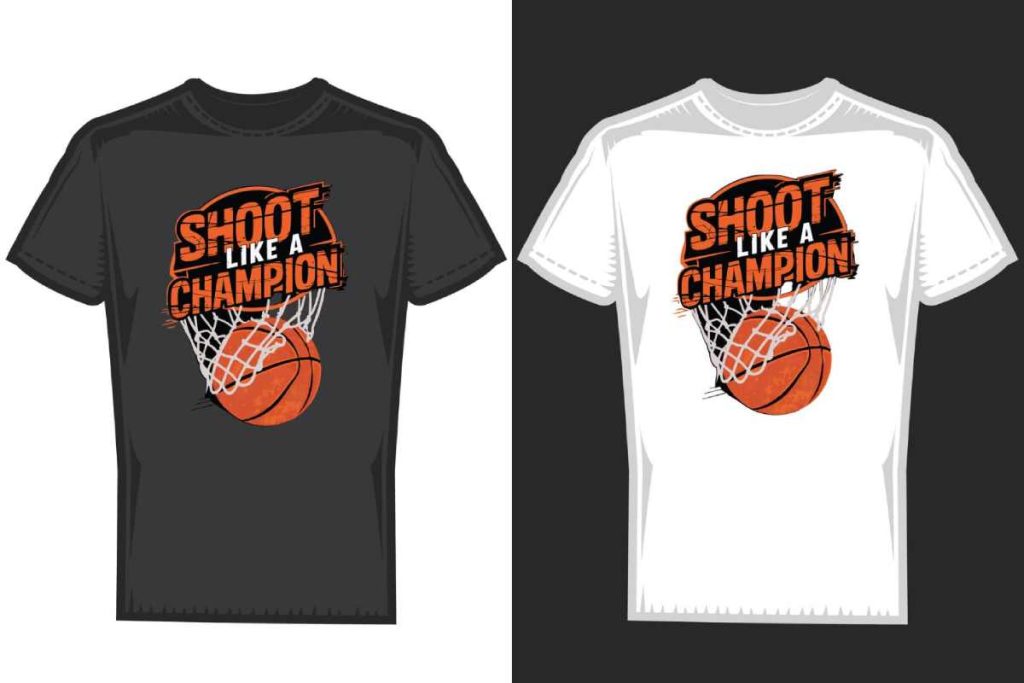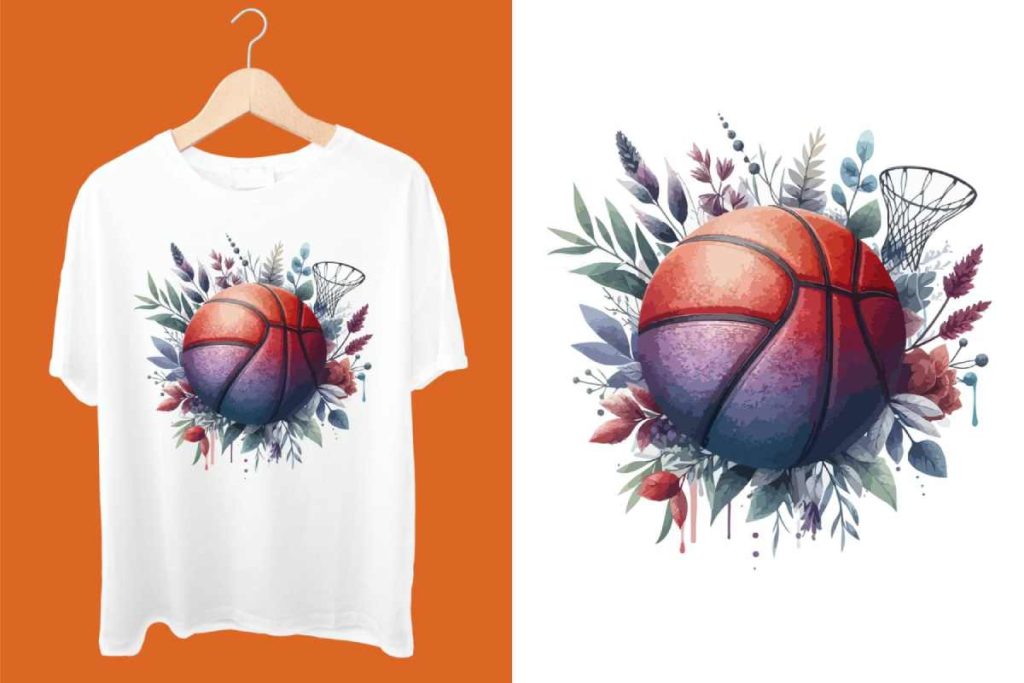In the vibrant world of textile printing, DTF supplies have emerged as a game changer, providing an innovative alternative to conventional methods such as screen printing and DTG printing. DTF, or Direct-to-Film printing, allows for intricate designs to be effortlessly transferred onto fabrics, opening up new avenues for customization and creativity. As demand for personalized apparel continues to rise, the use of DTF supplies is quickly gaining traction among printers and businesses alike. This method not only ensures high-quality, durable prints but also offers a versatile solution compatible with a wide range of materials. Whether you’re a small business owner looking to expand your product offerings or a creator eager to explore new printing techniques, understanding the benefits of DTF supplies is essential in today’s competitive market.
In the realm of textile decoration, the evolution of printing methods has led to a variety of options, with terms like Direct-to-Film and digital garment printing surfacing as key players. The appeal of the direct transfer method has gained recognition for its ability to deliver detailed imagery on diverse fabric types, distinguishing itself from traditional bulk methods such as screen printing. This transformative approach not only streamlines the process for custom orders but also enhances the overall quality of printed textiles. Understanding the nuances between DTF and other prevalent techniques like sublimation printing can be pivotal for those invested in the apparel industry. As businesses navigate the intricate landscape of textile solutions, each printing technique offers unique benefits tailored to different production needs.
The Rise of DTF Printing in the Textile Industry
In recent years, DTF printing has emerged as a revolutionary technique in the textile industry, offering businesses a powerful alternative to traditional printing methods. Unlike screen printing, which can be labor-intensive and less flexible, DTF allows for intricate designs to be printed directly onto a special film and transferred seamlessly onto various fabrics. This shift toward DTF is largely driven by the growing consumer demand for customized apparel and personalized clothing, making it a compelling choice for garment decorators.
Furthermore, DTF supplies are increasingly becoming more accessible, with advancements in technology leading to better quality films and inks. These innovations have not only improved the final print quality but have also expanded the range of fabrics that can be used, including blends of cotton and polyester. This adaptability gives DTF a strong edge over other techniques such as sublimation printing, which is limited to specific materials.
DTF Supplies: A Detailed Overview
DTF supplies consist primarily of specialized films and inks that are essential for the DTF printing process. The films, which are coated to allow for optimal transfer, enable vibrant colors and fine detail to reflect the design’s essence accurately. Inks used for DTF are typically water-based, which makes them environmentally friendly while ensuring the longevity of the print. This combination of supplies is crucial for achieving the high standards expected in today’s competitive apparel market.
Moreover, DTF printing offers exceptional durability and washability, making it suitable for everyday wear garments where longevity is key. This contrasts with screen printing, which, while durable, may not deliver the same level of detail for complex artworks. The investment in quality DTF supplies often pays off, as businesses can offer their clients eye-catching custom designs that withstand numerous washes without fading.
Understanding the nuances of DTF supplies not only helps businesses optimize their processes but also empowers them to better meet customer expectations in terms of quality and design versatility.
Comparative Analysis: DTF vs. Screen and DTG Printing
When comparing DTF printing to screen and DTG printing, it’s important to consider the specific advantages each method brings to the table. For instance, screen printing excels at producing bold, simple designs at a lower cost when producing large quantities. However, for businesses seeking to create detailed and multi-colored designs, DTF printing provides an attractive solution. The ability to print on demand allows for better customization options, making it ideal for small runs and unique orders.
On the other hand, DTG printing offers outstanding detail and color vibrancy, ideal for intricate graphics. However, it can be limited when it comes to fabric choices, often requiring pre-treatment for darker garments. DTF printing, with its technology advancements, can overcome many of these limitations, offering broader fabric compatibility and cost-effective options for both small and large printing jobs.
Cost Efficiency in DTF Printing
One of the significant advantages of incorporating DTF printing is its potential for cost efficiency. While the initial setup may appear costly compared to screen printing, especially in terms of equipment and supplies, DTF becomes increasingly economical for mid to large-scale jobs. As order volumes rise, the per-unit cost decreases, allowing businesses to compete effectively in the market.
Additionally, the reduced labor costs associated with DTF printing enhance its economic appeal. Unlike screen printing, which often requires multiple setup stages and skilled labor for screen preparation, DTF printing simplifies the process significantly. This efficiency not only saves time but also opens doors for businesses to pursue more complex designs without incurring substantial additional costs.
Technological Innovations in DTF Supplies
Recent advancements in technology have significantly bolstered the DTF printing process, leading to improved film and ink formulations that ensure better adhesion and durability. These innovations allow printers to achieve higher-quality outputs and offer a greater range of fabric compatibility, addressing many limitations inherent in traditional printing methods like DTG and screen printing.
Furthermore, continuous research and development within the realm of DTF supplies have resulted in faster printing times and reduced setup requirements. This technological evolution positions DTF printing at the forefront of the textile market, enabling businesses to meet the rising demand for rapid turnaround times without compromising quality.
Future Trends in DTF Printing and Supplies
As the textile printing industry evolves, DTF printing is poised to reflect the shifting consumer trends toward personalization and customization. With the increasing popularity of customized apparel, DTF supplies are expected to become more in demand, allowing businesses to tap into niche markets and cater to client-specific needs.
Moreover, the integration of sustainable practices in the printing process, such as eco-friendly inks and less wasteful techniques, is anticipated to benefit DTF printing. As businesses adopt more environmentally conscious approaches, the popularity of DTF can rise, further reinforcing its position against other prevalent methods like screen and sublimation printing.
Frequently Asked Questions
What are the advantages of using DTF supplies over other printing techniques?
DTF supplies offer numerous advantages, including versatility in fabric compatibility, allowing prints on cotton, polyester, and blends. Compared to DTG printing and screen printing, DTF is more cost-effective for smaller orders and custom demands, while also producing vibrant, high-quality images that can capture intricate designs better than traditional methods.
How does DTF printing compare to DTG printing and screen printing?
When comparing DTF printing to DTG and screen printing, DTF provides more flexibility with fabric choices and is more efficient for small to mid-volume orders. DTG is excellent for detailed, full-color designs but may struggle with darker fabrics, while screen printing is cost-effective for large runs but has limitations with intricate designs.
Can DTF supplies be used on different types of fabrics?
Yes, DTF supplies are designed to adhere to a wide range of fabrics, including cotton, polyester, and blended textiles. This versatility makes DTF printing an ideal choice for various applications, unlike other techniques like sublimation printing, which are limited to specific materials.
What role do technological advancements play in DTF printing?
Recent technological advancements in DTF supplies have led to the development of high-quality inks and films that enhance print durability and adhesion. These innovations ensure that DTF printing remains a competitive option against DTG and screen printing, particularly for businesses seeking reliability and excellence in their printing results.
Is DTF printing cost-effective for small runs of custom apparel?
Absolutely! DTF printing is particularly cost-effective for smaller runs and custom apparel. While initial setup costs may be higher, the overall efficiency of DTF supplies allows for better scalability as order sizes increase, outperforming DTG and screen printing in terms of cost per print for diverse projects.
What factors should be considered when choosing between DTF, DTG, and screen printing?
When selecting a printing method, consider production volume, fabric compatibility, and design complexity. DTF printing is optimal for smaller custom orders and intricate designs, while screen printing suits larger bulk orders due to its cost efficiency. DTG is best for high-resolution prints on lighter materials.
| Printing Technique | Process | Advantages | Limitations |
|---|---|---|---|
| DTF Printing | Uses a special film . | Excellent detail & color, versatile across fabrics | Initial setup can be costly for small runs |
| DTG Printing | Inkjet technology prints directly on garments. | Great for detailed designs, quick setup | More expensive for larger quantities, less effective on dark fabrics |
| Screen Printing | Creates stencils for layering colors. | Cost-effective for large orders, durable prints | Labor-intensive setup, not ideal for complex designs |
| Sublimation Printing | Dye sublimates to bond with substrates. | Vibrant and long-lasting images | Limited to polyester and lighter colors |
Summary
DTF Supplies are at the forefront of textile printing innovation, providing businesses with a versatile and efficient method for producing high-quality prints. As the landscape of custom apparel and merchandise continues to evolve, DTF printing sets itself apart by combining impressive color vibrancy and adherence to various fabric types. This developing technology not only emphasizes cost efficiency for larger orders but also caters to the increasing demand for customization. In summary, DTF printing represents a significant advancement in the textile industry, poised to meet the diverse demands of consumers while offering unique advantages over traditional methods.



